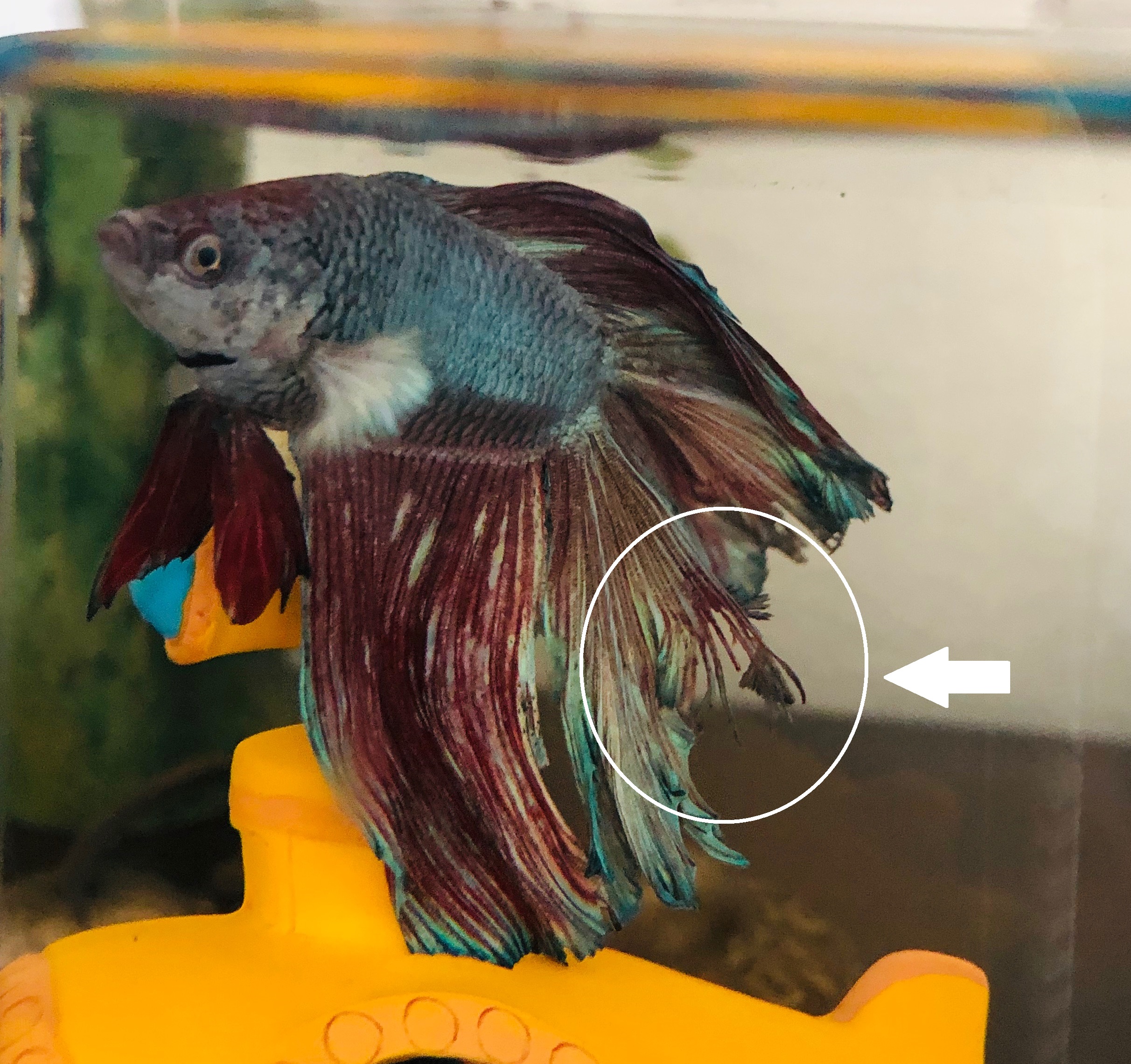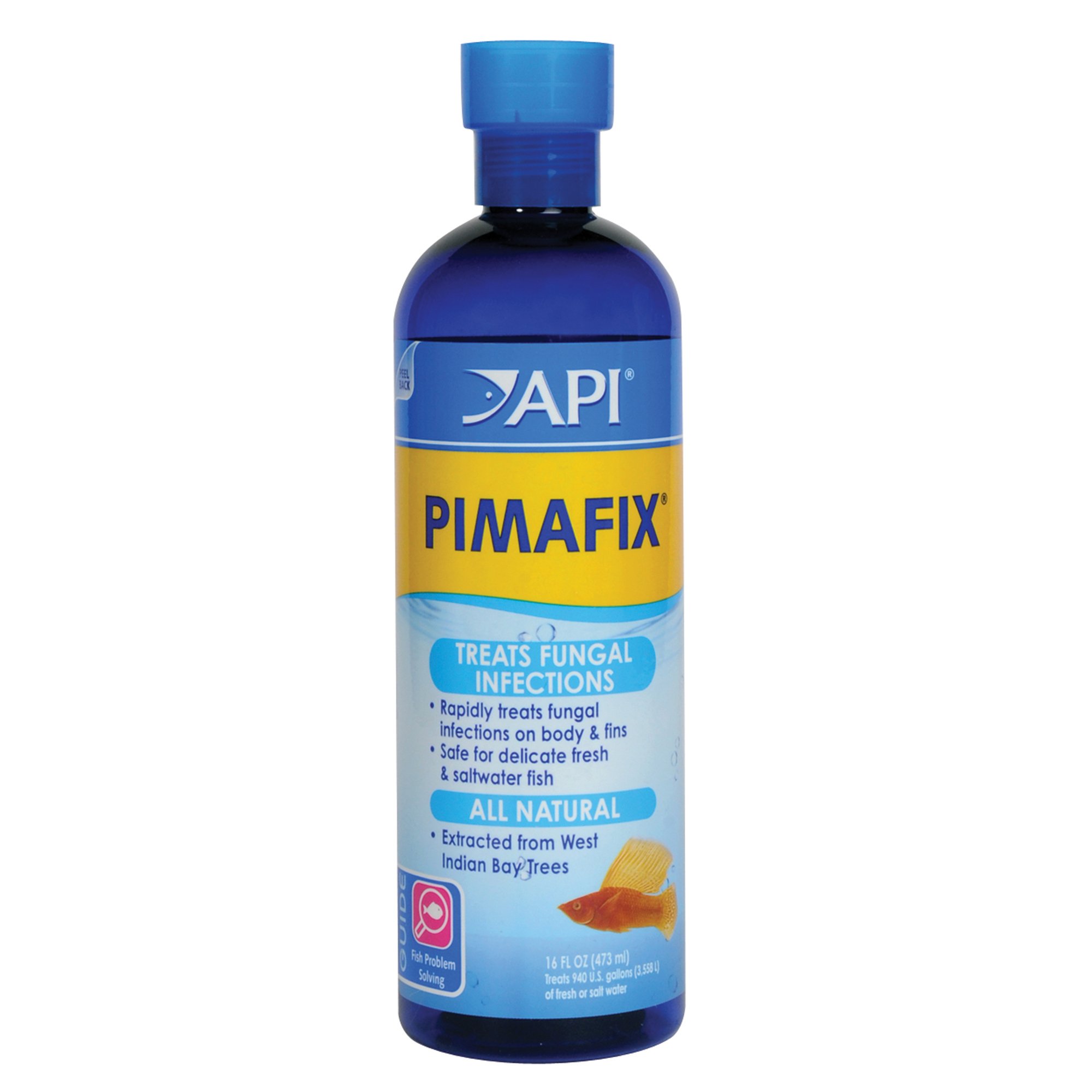Fin rot in goldfish is like catching the flu on a cold winter's day—a nuisance that's treatable, but also a sign that something's amiss in the environment. If your goldfish is flashing frayed fins and muted colors, it might be swimming under the weather with fin rot. Here's how you can dive into action and keep your finned friend swimming happily.

Recognize the Symptoms
Fin rot sneaks up in stages, each more noticeable than the last. Early on, you'll see discoloration—maybe white, black, or even red—gracing the edges of fins like unwanted highlights. As the problem worsens, the fins may fray, becoming progressively more ragged. In the worst scenarios, the infection creeps onto the body, posing serious threats to your fish's health. Keep an eye out for signs of lethargy and appetite loss as well. For a full overview of this condition, including its causes and treatments, check out this comprehensive guide.

Identify the Cause
Before you don your fish doctor hat, it’s crucial to understand the why behind the fray. Poor water quality is the usual suspect, with unbalanced pH levels, high ammonia, or nitrites often starring as the antagonists. Overcrowded tanks, aggressive neighbors, and poor nutrition also double as stress factors that welcome fin rot with open arms.

Clean the Tank
Consider your fish tank a mini ecosystem—clean it regularly to keep the nasties at bay. When fin rot strikes, a decent 25% water change is your first line of defense. Use a gravel vacuum to scoop out any decaying matter bunking under the stones. This ensures harmful bacteria don’t get the chance to thrive.
Relocating your affected goldfish to a temporary ‘hospital tank’ can help isolate the problem while you treat it. If you're wondering about your fish's ability to recover post-injury, explore how fish are capable of regrowing fins with the right care and conditions.

Treatment Game Plan
Once the tank's sparkling, it's time to play medic. Opt for broad-spectrum antibiotics like erythromycin, choosing solutions well-suited for aquatic life. Or, if a fungal co-star is suspected, introduce methylene blue into the mix. Always, and I mean always, follow the treatment instructions down to the last drop and ditch any active carbon filters—they soak up the meds!
If the fin damage resulted from tankmate aggression, you might specifically be wondering: Do fish fins grow back after nipping? Find expert insights to better support your pet’s recovery journey.

| Medication | Target | Notes |
|---|---|---|
| Erythromycin | Fin rot bacteria | Antibiotic |
| Methylene Blue | Fungal infections | Antifungal |
| Aquarium Salt | Multi-purpose | Always dissolve first |

Create a Cozy Environment
Once medicated, ensure your goldfish is relaxing in a stress-free zone. Consider rounding out sharp decorations and increasing tank aeration with air stones or sponge filters. A calm goldfish is a healing goldfish.

Prevention Beats Cure
Post-treatment, prevention becomes your best friend. Regular water changes and maintenance checks aren't just chores—they're the secret sauce to preventing a fin rot encore. Additionally, adopting mindful feeding practices and keeping the peace among tank mates significantly lowers stress levels, keeping your goldfish hale and hearty.
Now, it's over to you. Have plants and decorations contributed to your own fish's health woes before? Share your experiences below or your successes in beating fin rot—your community would love to hear about it!
API PIMAFIX Antifungal Fish Treatment, 16 oz

API PIMAFIX is an all-natural remedy for treating fungal infections in fish, made from the extract of West Indian Bay Trees. Designed for use in both fresh and saltwater aquariums, it safely and effectively treats body and fin infections. Ideal for delicate fish, it rapidly restores health without harsh chemicals. Keep your aquatic friends thriving with this trusted, natural solution. Suitable for up to 940 gallons.
Microbe-Lift Broad Spectrum Disease Treatment for Koi Ponds, 32 oz

Protect your aquatic life with Microbe-Lift’s Broad Spectrum Disease Treatment. Specially formulated with Malachite Green and Formalin, it treats diseases in koi ponds efficiently. This 32 oz bottle treats up to 9,600 gallons, eradicating harmful pathogens quickly. Keep your fish healthy and your pond vibrant with this trusted solution. Ensure to shake well before use for optimal results.
Frequently Asked Questions
How do you treat fin rot in goldfish?
To treat fin rot, begin by isolating the affected goldfish and improving water quality. Use an aquarium-approved antibiotic targeting gram-negative bacteria and remove active carbon from the filter before administering medication.
What home remedies can help treat fin rot in goldfish?
Adding a small amount of aquarium salt (around 1-3%) to the tank can help reduce stress and prevent secondary infections. Maintain clean water and a stable environment to support healing naturally.
Can fin rot heal on its own?
Mild cases of fin rot can heal on their own if the water quality is immaculate and the fish's immune system is strong. However, more severe cases usually require medication to prevent further damage.
What causes fin rot in goldfish?
Fin rot is often caused by poor water quality, stress, or injury, which make the fish more susceptible to bacterial or fungal infection. Identifying and addressing these root causes is essential for effective treatment.
How long does it take for goldfish to recover from fin rot?
Recovery time depends on the severity of the infection and the quality of care. Mild cases may improve within a week with proper treatment, while severe damage might take several weeks.
As we wrap up this fin-rot fix guide, remember that creating a nurturing home for your goldfish is key to keeping their fins fluttering and vibrant! Whether you're a seasoned aquarist or just starting your underwater adventures, staying informed is part of the journey. We love sharing these fishy tales and want to invite you to be part of our community. If you’re on a never-ending quest for information, why not dive deeper on Pinterest where we pin all things aquatic? See the splashes we make on our Instagram, or join the conversation over on X (formerly Twitter). And hey, why not visit our cozy corner on Facebook where fellow fish lovers share their experiences? We’re always here, fin-tips at the ready, to help you and your scaly companions thrive. Thanks for swimming by!
